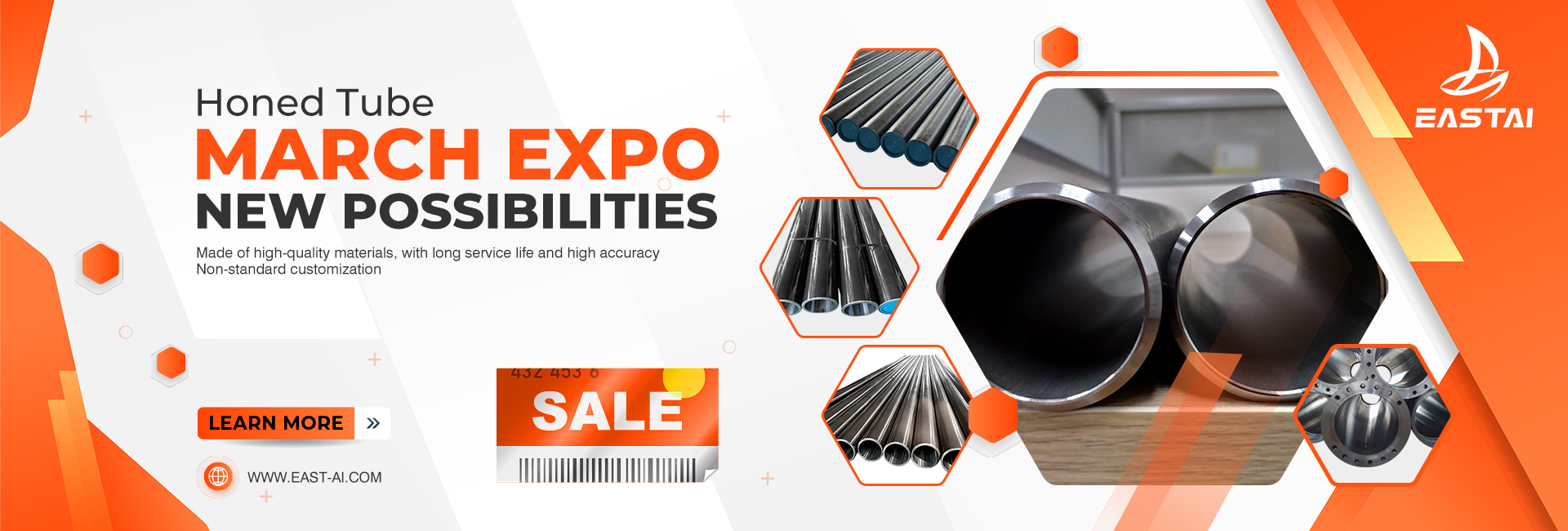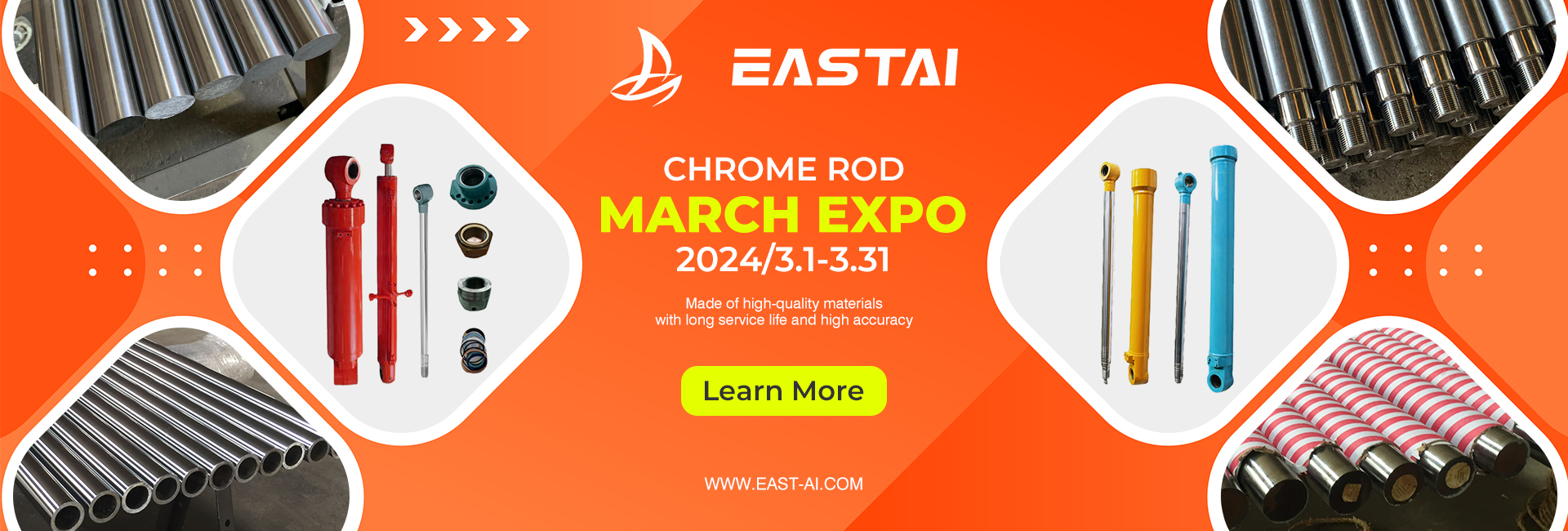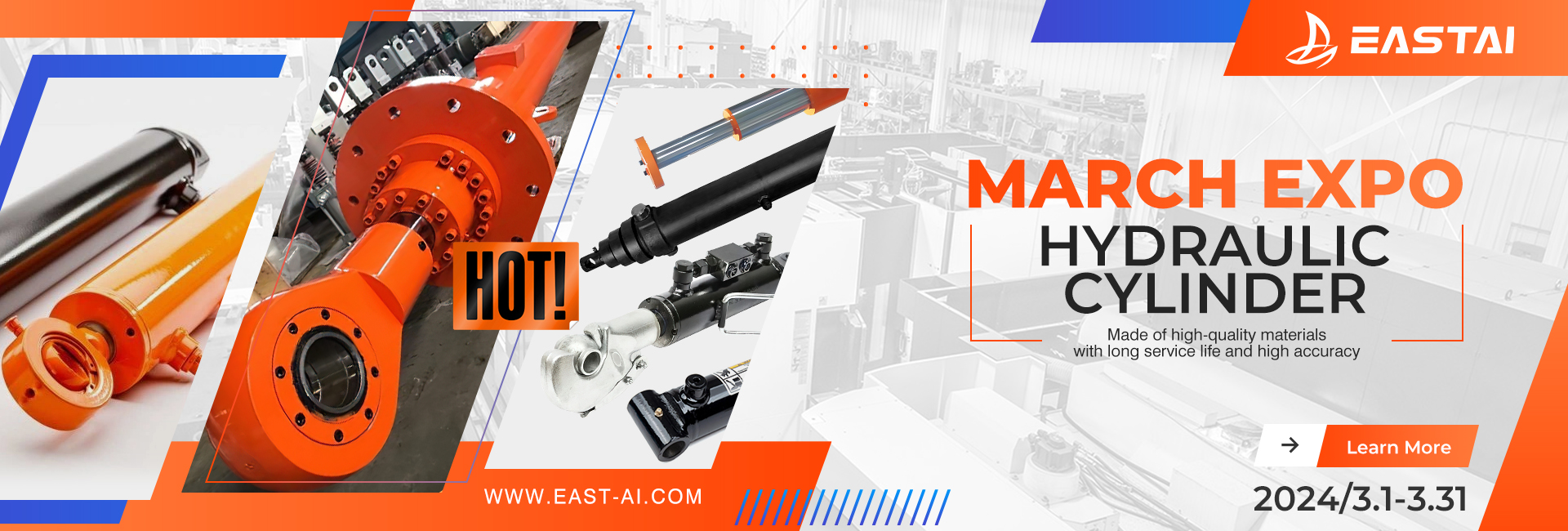With the continuous development and progress of hydraulic technology, its application fields are becoming more and more extensive. The hydraulic system used to complete the transmission and control functions is becoming more and more complex, and higher requirements are put forward for its system flexibility and various performances. All of these have brought more precise and deeper requirements to the design and manufacture of modern hydraulic systems. It is far from being able to meet the above requirements only by using the traditional system to complete the predetermined action cycle of the actuator and meet the static performance requirements of the system.
Therefore, for researchers engaged in the design of modern hydraulic systems, it is very necessary to study the dynamic characteristics of hydraulic transmission and control systems, understand and master the dynamic characteristics and parameter changes in the working process of the hydraulic system, so as to further improve and perfect the hydraulic system. .
1. The essence of the dynamic characteristics of the hydraulic system
The dynamic characteristics of the hydraulic system are essentially the characteristics that the hydraulic system exhibits during the process of losing its original equilibrium state and reaching a new equilibrium state. Furthermore, there are two main reasons for breaking the original equilibrium state of the hydraulic system and triggering its dynamic process: one is caused by the process change of the transmission or control system; the other is caused by external interference. In this dynamic process, each parameter variable in the hydraulic system changes with time, and the performance of this change process determines the quality of the dynamic characteristics of the system.
2. Research method of hydraulic dynamic characteristics
The main methods for studying the dynamic characteristics of hydraulic systems are function analysis method, simulation method, experimental research method and digital simulation method.
2.1 Function analysis method
Transfer function analysis is a research method based on classical control theory. Analyzing the dynamic characteristics of hydraulic systems with classical control theory is usually limited to single-input and single-output linear systems. Generally, the mathematical model of the system is established first, and its incremental form is written, and then Laplace transform is performed, so that The transfer function of the system is obtained, and then the transfer function of the system is converted into a Bode diagram representation that is easy to analyze intuitively. Finally, the response characteristics are analyzed through the phase-frequency curve and amplitude-frequency curve in the Bode diagram. When encountering nonlinear problems, its nonlinear factors are often ignored or simplified into a linear system. In fact, hydraulic systems often have complex nonlinear factors, so there are large analysis errors in analyzing the dynamic characteristics of hydraulic systems with this method. In addition, the transfer function analysis method treats the research object as a black box, only focuses on the input and output of the system, and does not discuss the internal state of the research object.
The state space analysis method is to write the mathematical model of the dynamic process of the hydraulic system under study as a state equation, which is a first-order differential equation system, which represents the first-order derivative of each state variable in the hydraulic system. A function of several other state variables and input variables; this functional relationship can be linear or nonlinear. To write a mathematical model of the dynamic process of a hydraulic system in the form of an equation of state, the commonly used method is to use the transfer function to derive the state function equation, or use the higher-order differential equation to derive the state equation, and the power bond diagram can also be used to list the state equation. This analysis method pays attention to the internal changes of the researched system, and can deal with multi-input and multi-output problems, which greatly improves the shortcomings of the transfer function analysis method.
The function analysis method including the transfer function analysis method and the state space analysis method is the mathematical basis for people to understand and analyze the internal dynamic characteristics of the hydraulic system. The description function method is used for analysis, so analysis errors inevitably occur, and it is often used in the analysis of simple systems.
2.2 Simulation method
In the era when computer technology was not yet popular, using analog computers or analog circuits to simulate and analyze the dynamic characteristics of hydraulic systems was also a practical and effective research method. The analog computer was born before the digital computer, and its principle is to study the characteristics of the analog system based on the similarity in the mathematical description of the changing laws of different physical quantities. Its internal variable is a continuously changing voltage variable, and the operation of the variable is based on the similar operation relationship of the electrical characteristics of the voltage, current, and components in the circuit.
Analog computers are especially suitable for solving ordinary differential equations, so they are also called analog differential analyzers. Most of the dynamic processes of physical systems including hydraulic systems are expressed in the mathematical form of differential equations, so analog computers are very suitable for the simulation research of dynamic systems.
When the simulation method is working, various computing components are connected according to the mathematical model of the system, and the calculations are performed in parallel. The output voltages of each computing component represent the corresponding variables in the system. Advantages of the relationship. However, the main purpose of this analysis method is to provide an electronic model that can be used for experimental research, rather than to obtain an accurate analysis of mathematical problems, so it has the fatal disadvantage of low calculation accuracy; in addition, its analog circuit is often complex in structure, resistant to The ability to interfere with the outside world is extremely poor.
2.3 Experimental research method
The experimental research method is an indispensable research method for analyzing the dynamic characteristics of the hydraulic system, especially when there is no practical theoretical research method such as digital simulation in the past, it can only be analyzed by experimental methods. Through experimental research, we can intuitively and truly understand the dynamic characteristics of the hydraulic system and the changes of related parameters, but the analysis of the hydraulic system through experiments has the disadvantages of long period and high cost.
In addition, for the complex hydraulic system, even experienced engineers are not fully sure of its accurate mathematical modeling, so it is impossible to conduct correct analysis and research on its dynamic process. The accuracy of the built model can be effectively verified through the method of combining with the experiment, and suggestions for revision can be provided to establish the correct model; at the same time, the results of the two can be compared by simulation and experimental research under the same conditions Analysis, to ensure that the errors of simulation and experiments are within the controllable range, so that the research cycle can be shortened and the benefits can be improved on the basis of ensuring efficiency and quality. Therefore, today’s experimental research method is often used as a necessary means to compare and verify the numerical simulation or other theoretical research results of important hydraulic system dynamic characteristics.
2.4 Digital simulation method
The progress of modern control theory and the development of computer technology have brought a new method for the study of hydraulic system dynamic characteristics, that is, digital simulation method. In this method, the mathematical model of the hydraulic system process is established first, and expressed by the state equation, and then the time-domain solution of each main variable of the system in the dynamic process is obtained on the computer.
The digital simulation method is suitable for both linear systems and nonlinear systems. It can simulate the changes of system parameters under the action of any input function, and then obtain a direct and comprehensive understanding of the dynamic process of the hydraulic system. The dynamic performance of the hydraulic system can be predicted at the first stage, so that the design results can be compared, verified and improved in time, which can effectively ensure that the designed hydraulic system has good working performance and high reliability. Compared with other means and methods of studying hydraulic dynamic performance, digital simulation technology has the advantages of accuracy, reliability, strong adaptability, short cycle and economical savings. Therefore, the digital simulation method has been widely used in the field of hydraulic dynamic performance research.
3. Development direction of research methods for hydraulic dynamic characteristics
Through the theoretical analysis of the digital simulation method, combined with the research method of comparing and verifying the experimental results, it has become the mainstream method for studying the hydraulic dynamic characteristics. Furthermore, due to the superiority of digital simulation technology, the development of research on hydraulic dynamic characteristics will be closely integrated with the development of digital simulation technology. In-depth study of the modeling theory and related algorithms of the hydraulic system, and the development of hydraulic system simulation software that is easy to model, so that hydraulic technicians can devote more energy to the research of the essential work of the hydraulic system is the development of the field of hydraulic dynamic characteristics research. one of the directions.
In addition, in view of the complexity of the composition of modern hydraulic systems, mechanical, electrical and even pneumatic issues are often involved in the study of their dynamic characteristics. It can be seen that the dynamic analysis of the hydraulic system is sometimes a comprehensive analysis of problems such as electromechanical hydraulics. Therefore, the development of universal hydraulic simulation software, combined with the respective advantages of simulation software in different research fields, to achieve multi-dimensional joint simulation of hydraulic systems has become the main development direction of the current hydraulic dynamic characteristics research method.
With the improvement of performance requirements of modern hydraulic system, the traditional hydraulic system to complete the predetermined action cycle of the actuator and meet the static performance requirements of the system can no longer meet the requirements, so it is imperative to study the dynamic characteristics of the hydraulic system.
On the basis of expounding the essence of the research on the dynamic characteristics of the hydraulic system, this paper introduces in detail four main methods of studying the dynamic characteristics of the hydraulic system, including the function analysis method, the simulation method, the experimental research method and the digital simulation method, and their advantages and disadvantages. It is pointed out that the development of hydraulic system simulation software that is easy to model and the joint simulation of multi-domain simulation software are the main development directions of the research method of hydraulic dynamic characteristics in the future.
Post time: Jan-17-2023




